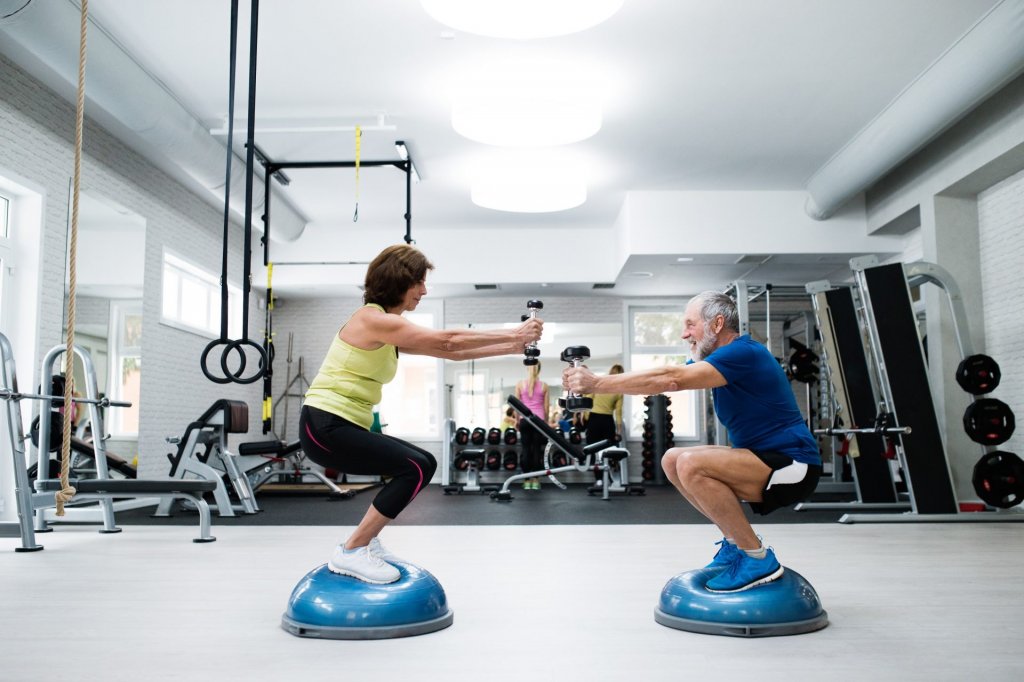
Managing Chronic Pain Without Medications: 4 Mind-Body Strategies That Work


Chronic pain is as much a psychological problem as it is a physical one because the mind and the body are linked. All pain originates as a signal in the brain, which is sent out to the body via the nervous system. Training your brain to respond differently to chronic pain can change the way your body responds to it.
According to the Institute for Chronic Pain, chronic pain is a type of pain that lasts for months or years on end. Unlike acute pain, which goes away once the underlying injury or illness subsides, chronic pain is a pain that has developed a life of its own.
Why Medication Alone Isn’t Enough to Treat Chronic Pain
When you’re in pain, you just want it to go away…fast. People often go to their doctors looking for a “magic bullet” to treat their chronic pain quickly. Unfortunately, chronic pain doesn’t work that way.
Although opioids are frequently prescribed for chronic pain, studies have shown that opioids are not an effective management tool. While they may provide relief in the short term, opioids can cause lasting problems in the long term and put patients at risk for dangerous addiction and overdoses. Older adults are especially vulnerable to the opioid epidemic.
It’s far more effective to take an active approach to pain management by using a combination of dietary changes, exercise, and cognitive-behavioral techniques.
Train Your Brain to Control Chronic Pain
Think of pain as an annoying neighbor. We’ve all had a neighbor we’d rather live without. It seems as if their very purpose in life is to be a nuisance to us.
You can hope that they’ll eventually move away, but chances are good that the neighbor will continue to live next door, and there is nothing you can do about it. Avoiding or hiding from them will only allow them to control your life. So, you have a choice to make.
You can avoid your neighbor forever, stuck inside the four walls of your own house. Or, you can invite them inside for a cup of coffee and make peace with them.
Chronic pain is like that neighbor. Unless you make peace with your pain, it can control your life. Re-think your pain with these four helpful and drug-free chronic pain relief techniques.

1. Mindfulness for Chronic Pain Relief
Mindfulness is an evidence-based technique with a proven track record of relieving chronic pain. In fact, all of these cognitive techniques incorporate principles of mindfulness.
Being mindful requires adopting an attitude of curiosity and non-judgment. It encourages you to look at your pain in an objective way and teaches you how to bear unpleasant sensations without emotional distress. Common mindfulness practices include:
- Meditation
- Breathing techniques
- Visualization exercises
- Awareness shifting techniques (see below).
2. Redirect Your Attention: Focus-Shifting Techniques for Pain Management
Sometimes the most effective way to stop yourself from thinking about your pain is to shift your awareness onto something else. The next time your chronic pain begins to flare up, try picking up a small object and examining it.
- Notice exactly how it feels in your hand.
- Pay attention to its unique shape, temperature, and texture.
- Does it feel rough or smooth against your skin? Is it hot to the touch, or cool? Are there any sharp edges, or is the surface completely rounded?
After a few moments of intensely focusing on the object, you may find that your chronic pain no longer feels as intense. That’s because you’ve actively shifted your focus away from the unpleasant sensation and replaced it with a different one.
3. Guided Imagery and Visualization for Pain Reduction
Guided imagery involves imagining a specific reality for yourself, rather than using a real object. If your pain is sharp and hot, you might envision a ball of cool white light enveloping your pain. Imagine exactly how this would feel using all five of your senses. Try to be as vivid as possible: Feel the cool ball of light washing over your body and soothing your pain.
While the ball itself isn’t real, the relief you feel just might be. Guided imagery has scientifically proven benefits for pain relief. It’s one of the most common techniques for those who suffer from chronic pain. You can envision nearly anything you like here, as long as the effect is soothing, relaxing, and positive. You can try guided imagery sessions on your own, with the help of a professional, or even through meditation apps and subscription services.
Another example of this technique is the pain circle. This visualization exercise can help you actively shrink the area of your pain. The next time your chronic pain flares up, try envisioning a circle around your pain. Ask yourself, where is the pain most intense? Does it hurt more on one side of the circle or the other? Are there any places inside the circle that don’t hurt at all?
By actively assessing the area of your pain, you can begin to redraw the boundaries of it. You’ll likely find that the area of your pain is smaller than you originally thought. It’s a mindful way to actively reframe the way you experience pain and put yourself back in control.
4. Support Brain-Body Healing With Nutrition and Movement

Remember that while these techniques are effective on their own, they work best in tandem with proper diet and exercise programs.
Eating a nutritious diet of whole foods can lower inflammation and stress levels, which can significantly improve chronic pain. Exercising regularly can also lower chronic pain levels. You don’t have to do anything too extreme. Even a simple walk around the block can help you feel better. Try practicing some of these mindfulness techniques as you walk. You might just be surprised at how far you can go.
Explore Non-Pharmaceutical Pain Relief at Aviv Clinics
In addition to non-medication techniques such as these, ongoing innovations like the comprehensive Aviv Medical Program can help manage chronic pain associated with conditions like fibromyalgia. Scientists believe that fibromyalgia and other chronic pain conditions may be caused by damage to the brain’s central pain sensitization region. Peer-reviewed, published studies indicate that the HBOT protocol used at Aviv Clinics may be able to restore function in these areas of the brain. The Aviv Medical Program combines this specialized HBOT protocol with therapies like physical training, nutritional counseling, and cognitive exercises to maximize positive outcomes.
To learn more about the treatment options available at Aviv Clinics:

Last Update: July 2, 2025



